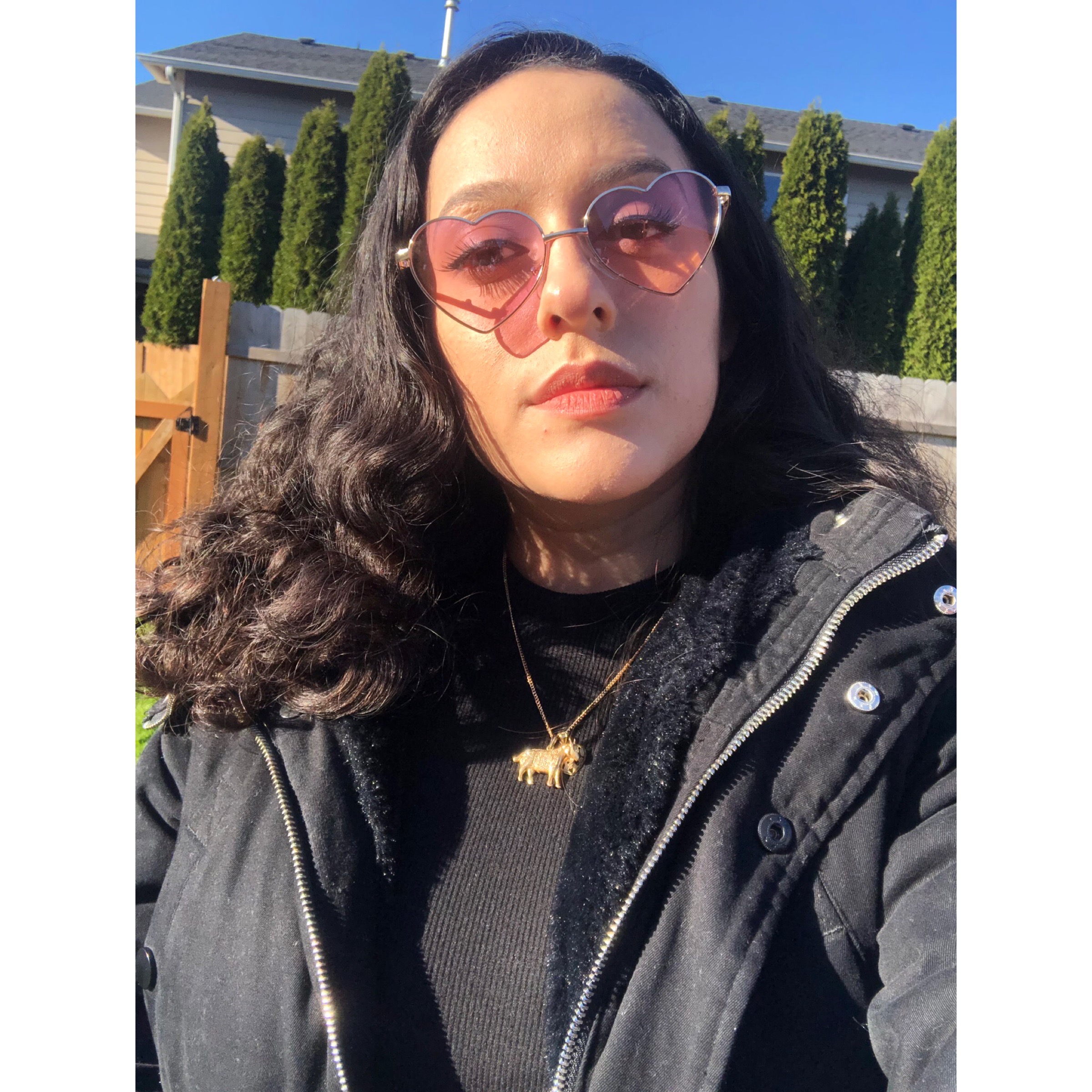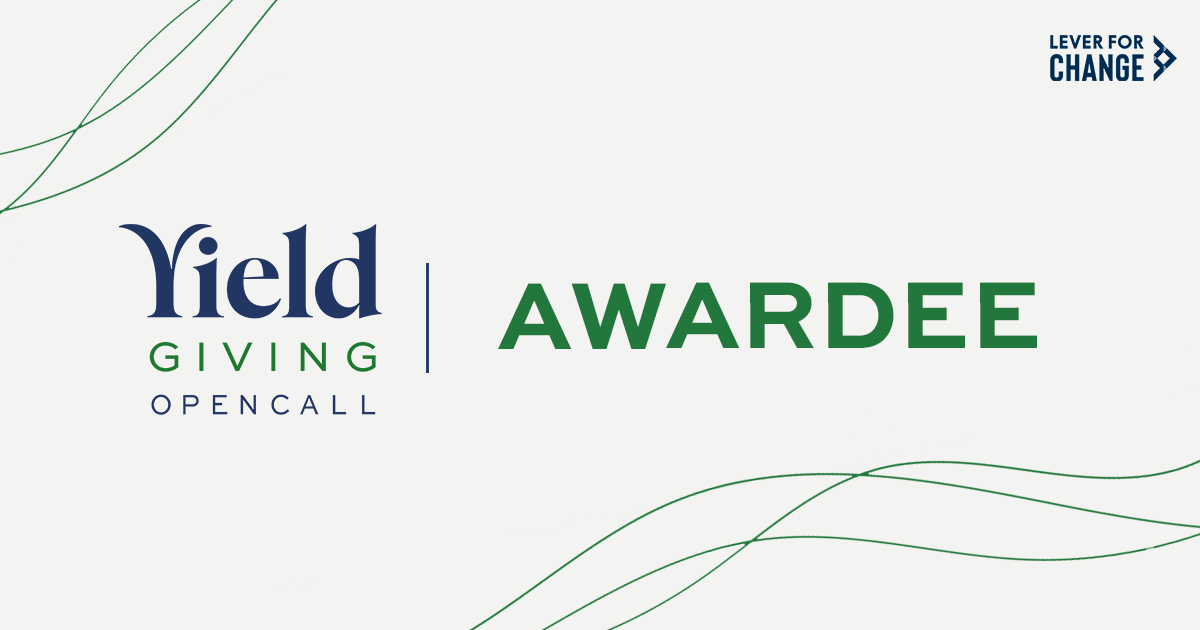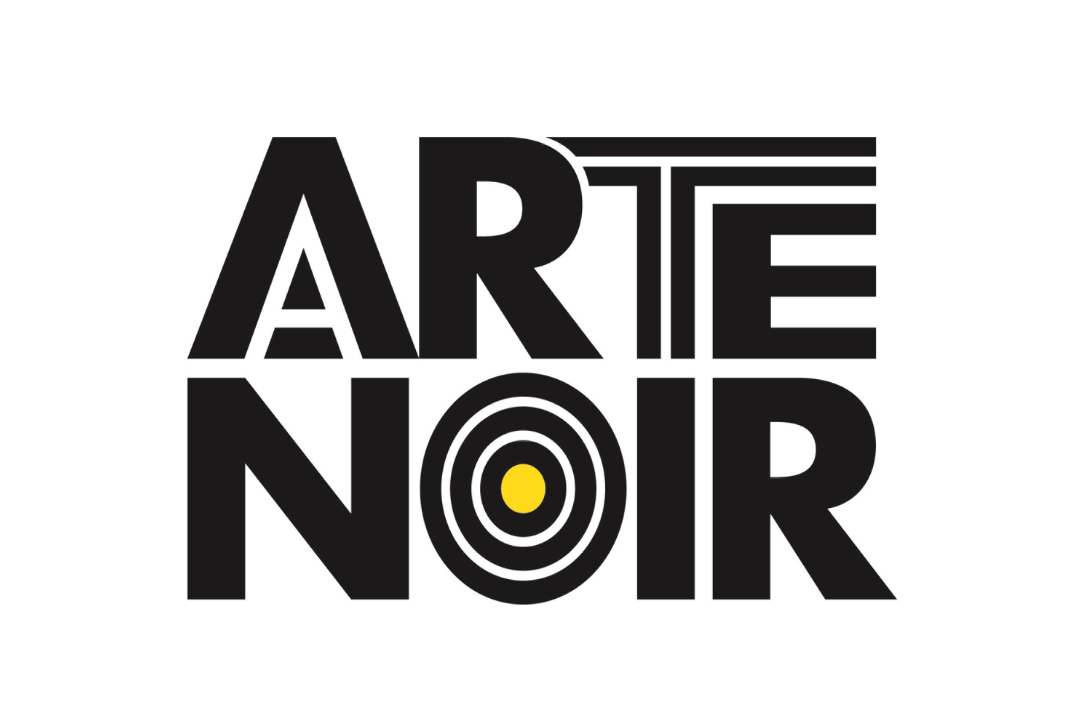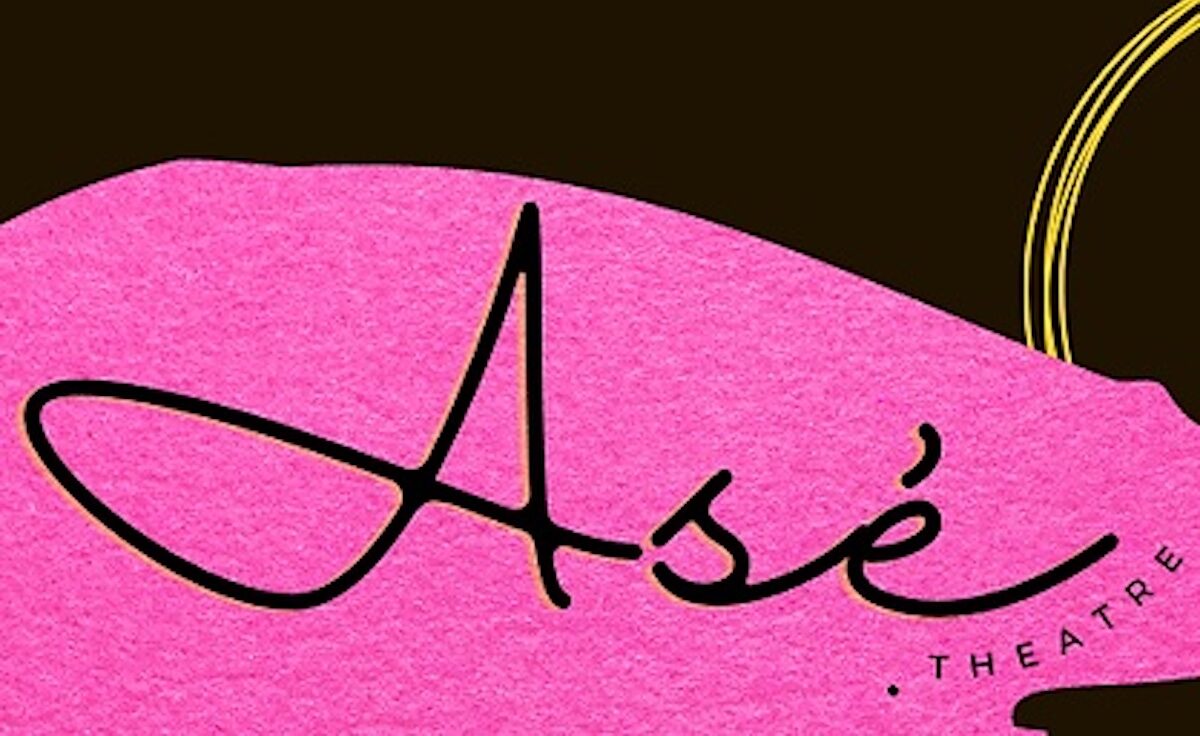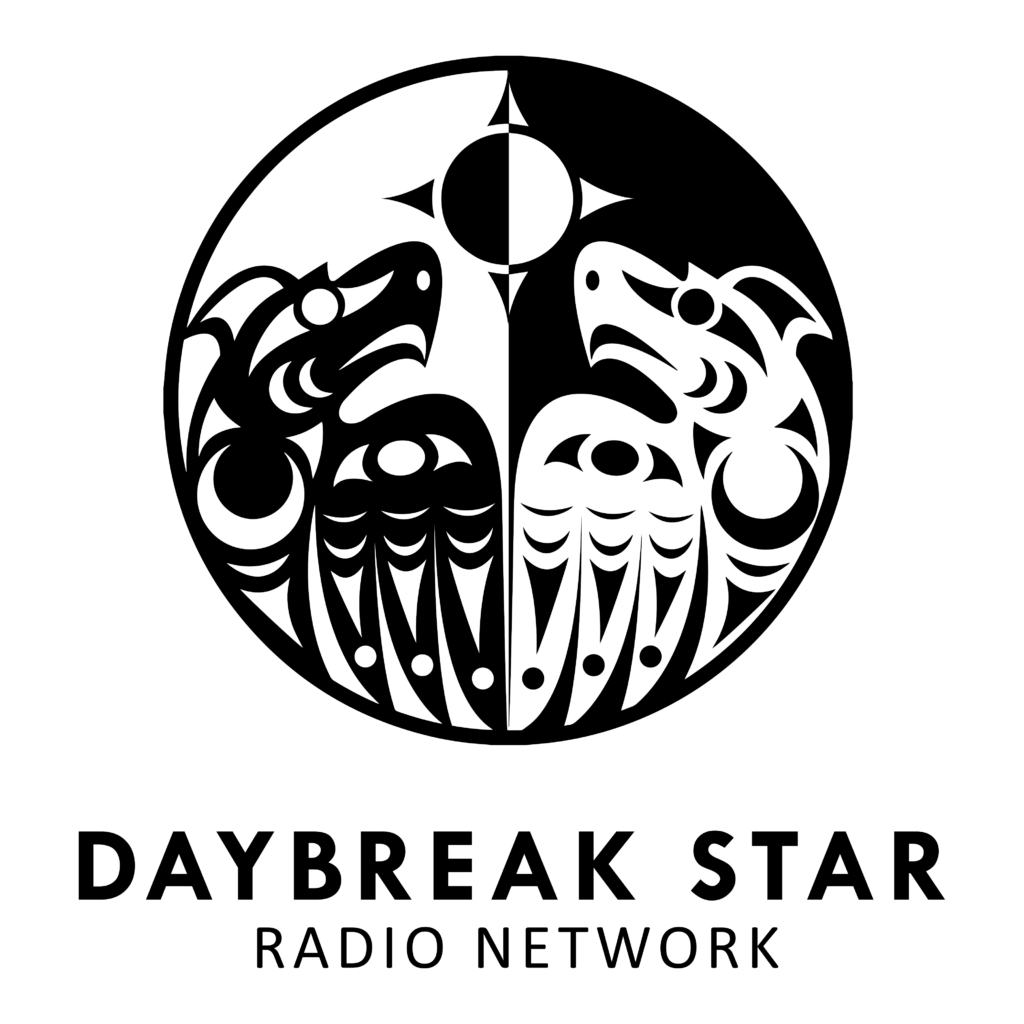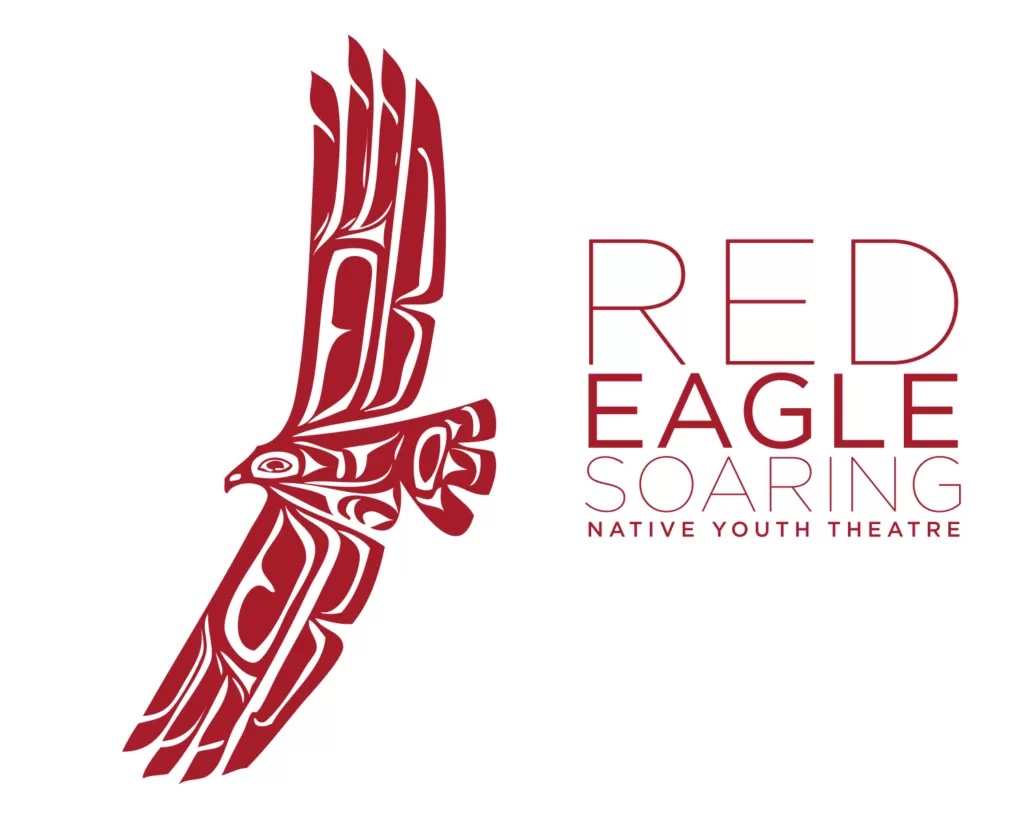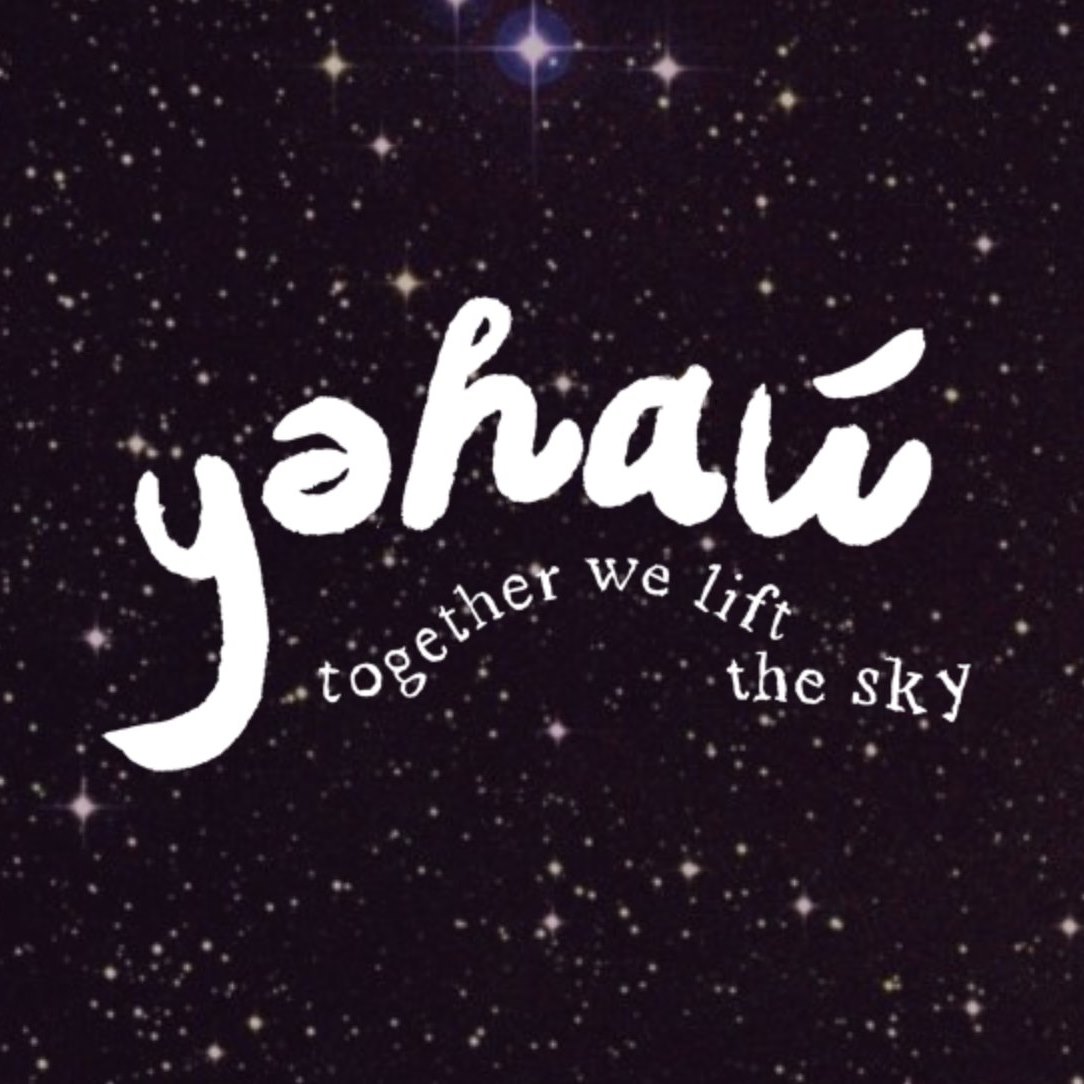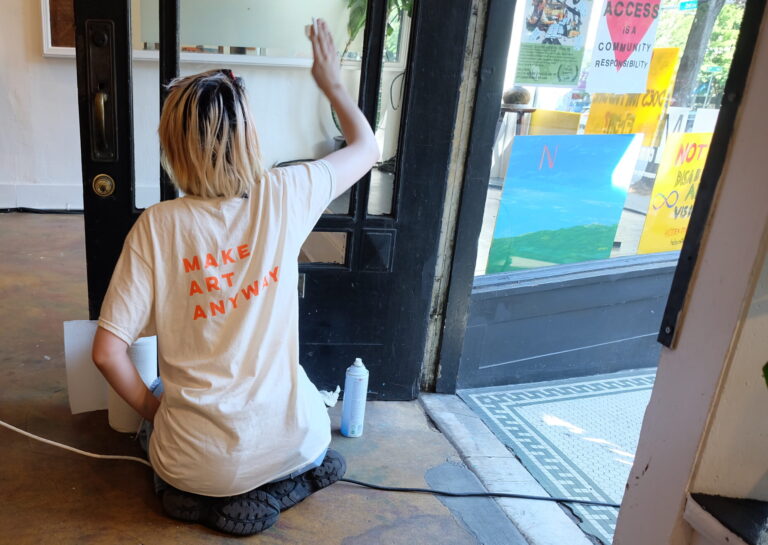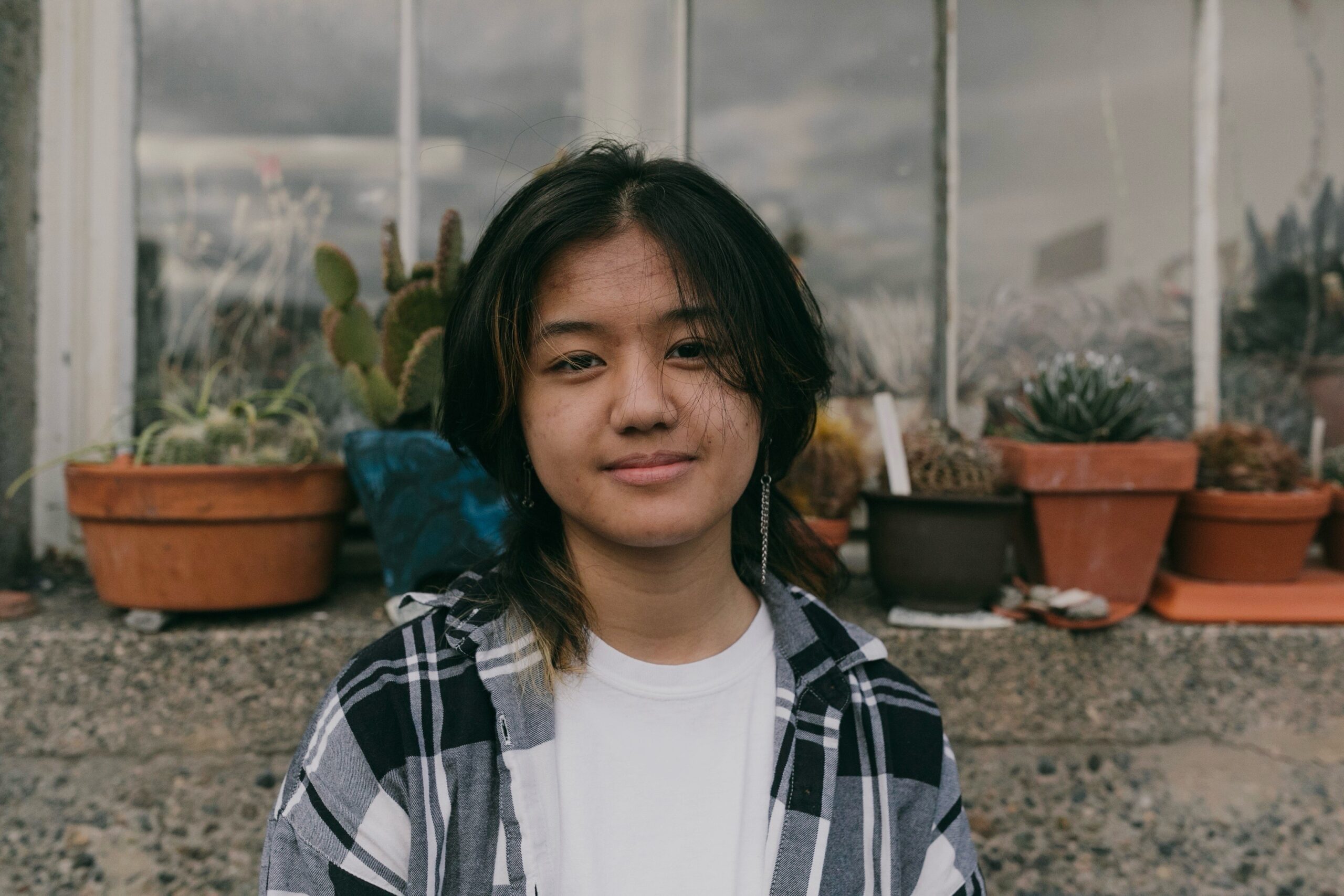
We are so excited to spotlight one of our talented student, Mica Viacrucis! Thank you so much for sharing your thoughts and your art with us, Mica.
What Arts Corps programs have you been involved in? What impact have these experiences had on you?
I was an intern at Arts Corps’ Art 4 Life Program @Octave 9, which took place Spring 2023. Alongside other creative youth, I practiced film, photography, and performance, focusing on themes of environmental justice. This program helped me realize how wonderful surrounding myself with other youth artists is, and how thrilling putting myself out there can be!
The program lasted less than a week, but I could feel my cohort open up to each other as the days passed by. At first, we were hesitant to participate in activities like singing and dancing in front of each other. I watched as others stepped out of their comfort zone, trying new things and accepting vulnerability, and it inspired me to join too. The initial embarrassment washed away as we shared these experiences and got to know each other. I’d met such amazing visual artists and skilled musicians, and generally such welcoming people. I made friends that I still talk to today, almost a year later! The love and encouragement I received from them has helped me find the courage to put myself out there more often.
I remember the final showcase, when I was backstage with one of my dear friends I joined the program with, Lorein. It would soon be our turn to perform our duet. We were going to sing “City of Stars” from the musical La La Land. I’d never sang for a crowd that wasn’t family or close friends before, so I was feeling very anxious. Lorein and I had practiced for hours, but I still worried I would forget a lyric or my voice would crack. Though when I started singing, my nervousness melted away and was replaced by excitement. We sang together under the purple lights, our hard work paying off as we listened to the applause and cheer. Later, one of the friends I made told me this shouldn’t be the last time I perform in front of an audience.
Those words touched my heart. Since Art 4 Life, I’ve pushed myself to try new things and have more confidence in myself. I sang at my school’s Open Mic, and danced in front of hundreds with my cousin in the Philippines. I’ve also attended many art events and joined art programs since then, after realizing my love for community.
What does creativity mean to you?
Creativity is everything to me. A means of self expression, entertainment, and a way to connect with others. I’m often lost in deep thought and imagination. Ever since I was a young child, my parents would catch me staring off into space at the dinner table and have to remind me to eat.
I’m someone who is easily inspired by the things around me and the people I meet. The view after everything has been rained on, and the beauty of light breaking through clouds. The warm sound of people laughing together in bustling restaurants, each person molded by their own unique experiences and thoughts. With my art, I want to capture impactful moments and immortalize those I’ve cherished with stories, words, and drawings. For me, expressing my love through art is a form of self expression.
I’ve also created a lot of art without an established meaning, as the process of creation is simply fun to me. Sometimes my hands move first and my thoughts follow after. Sometimes it feels like I am not thinking of anything! It feels right for me to do art, and it’s hard to imagine myself without it.
Creativity is powerful. Sharing art with others, whether that be making art with someone or for someone, brings people closer together. There have been many times where art could convey emotion impossible for me to explain. Many times where I could bond with people I knew nothing about beforehand through art.
What mediums do you like working in and why?
I have tried a ton of different mediums: acrylic paint, pastels, markers, collage, papercraft, and so much more. I like exploring different outlets for creativity and feel my skills in one medium transfers to others. I also enjoy other disciplines of art, such as photography, music, and dance!
I am most familiar with digital art, and like the convenience and endless opportunity it provides. I’ve practiced digital art since 2021, starting out with my phone and finger on free art apps. I now have a drawing tablet, stylus, and an art software, although I strongly believe materials don’t matter. Many of my favorite pieces were created on my phone!
I also like oil pastels and watercolor. Compared to digital art, these mediums are much less forgiving, but having these limitations pushes me to be more intentional with each stroke.
What is one medium you haven’t tried, but are interested in exploring?
I would love to try oil painting! I’ve seen a handful of people around me use it and I have the materials, but I haven’t gotten around to trying it just yet. I’m curious on how different it will feel from other types of paint. I know that its consistency can vary based on the mediums you add, and the drying time is significantly longer.
What artworks are you most proud of?
Kingdom of Debris – Digital art, Clip Studio Paint (Drawing tablet)
I am proud of this art piece considering both its emotional significance and the technical aspects of the art. It is inspired by one of my dearest friends’ fictional stories that they would tell me about, of a king whose kingdom would fall under his reign. I wanted to make their story come to life by drawing the protagonist. I am most proud of my attention to detail in the armor. I did studies on how metal looks, and took the time to draw cracks in the armor. This is also the first piece I created when I got a drawing tablet!
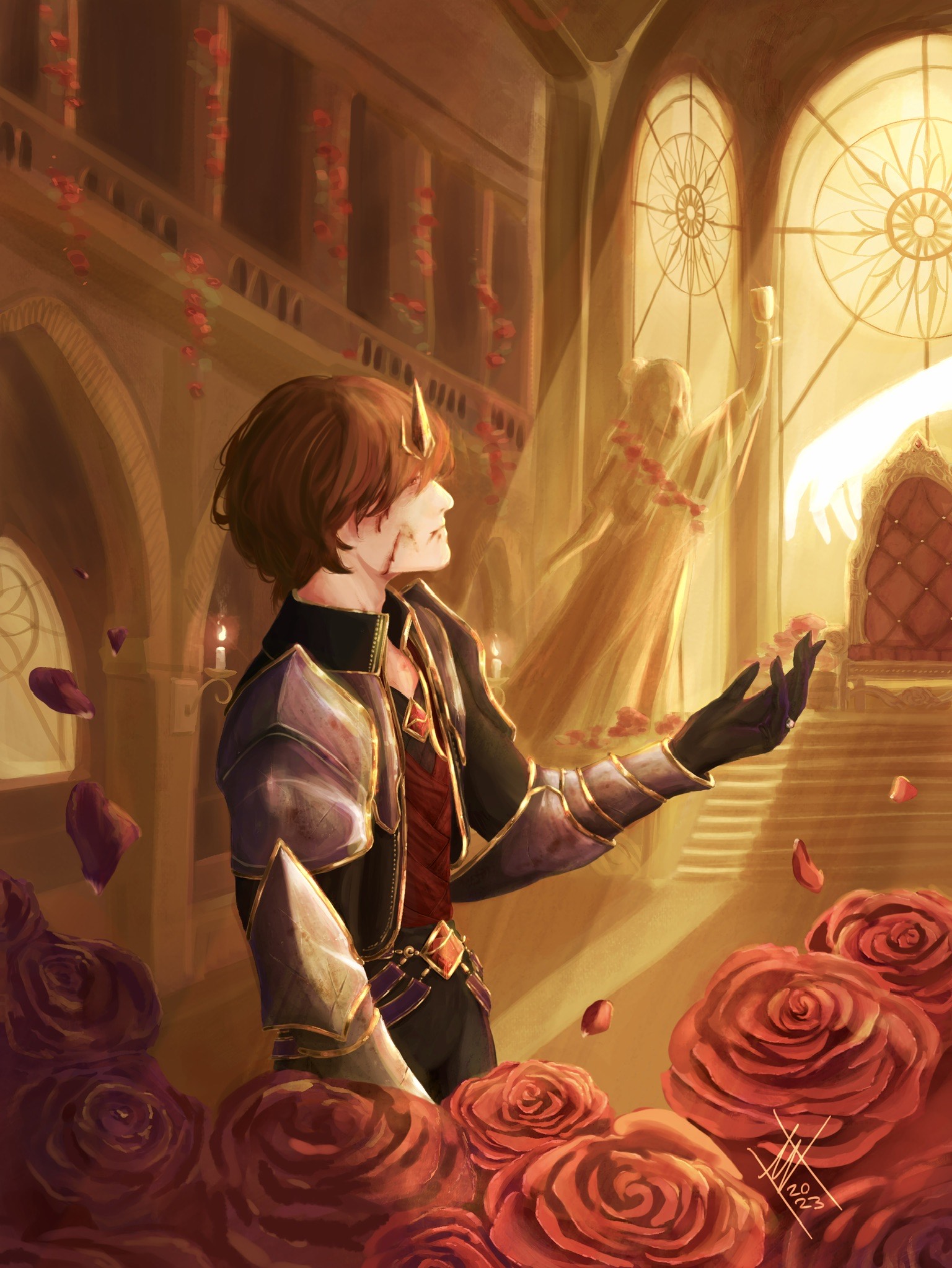
Oblivion – Digital Art, ibisPaint X (phone and finger)
I went to my friends’ highschool orchestra concert, and was mesmerized by the string bassist, who seemed to hold the song together. I could feel the low hum of the instrument in my chest. The spotlights above the stage reflected beautifully on the musician and his instrument, and I wanted to capture this moment. In the background of the drawing is the sheet music of the piece he played.

Sophie – Oil Pastel on Black paper
I made this for my older sibling, who has supported all of my art endeavors, and me as a person. Sophie is their lynx point siamese cat! As one of my favorite mediums, I like the consistency of oil pastels and blending the colors. I always make a mess when I use them though!
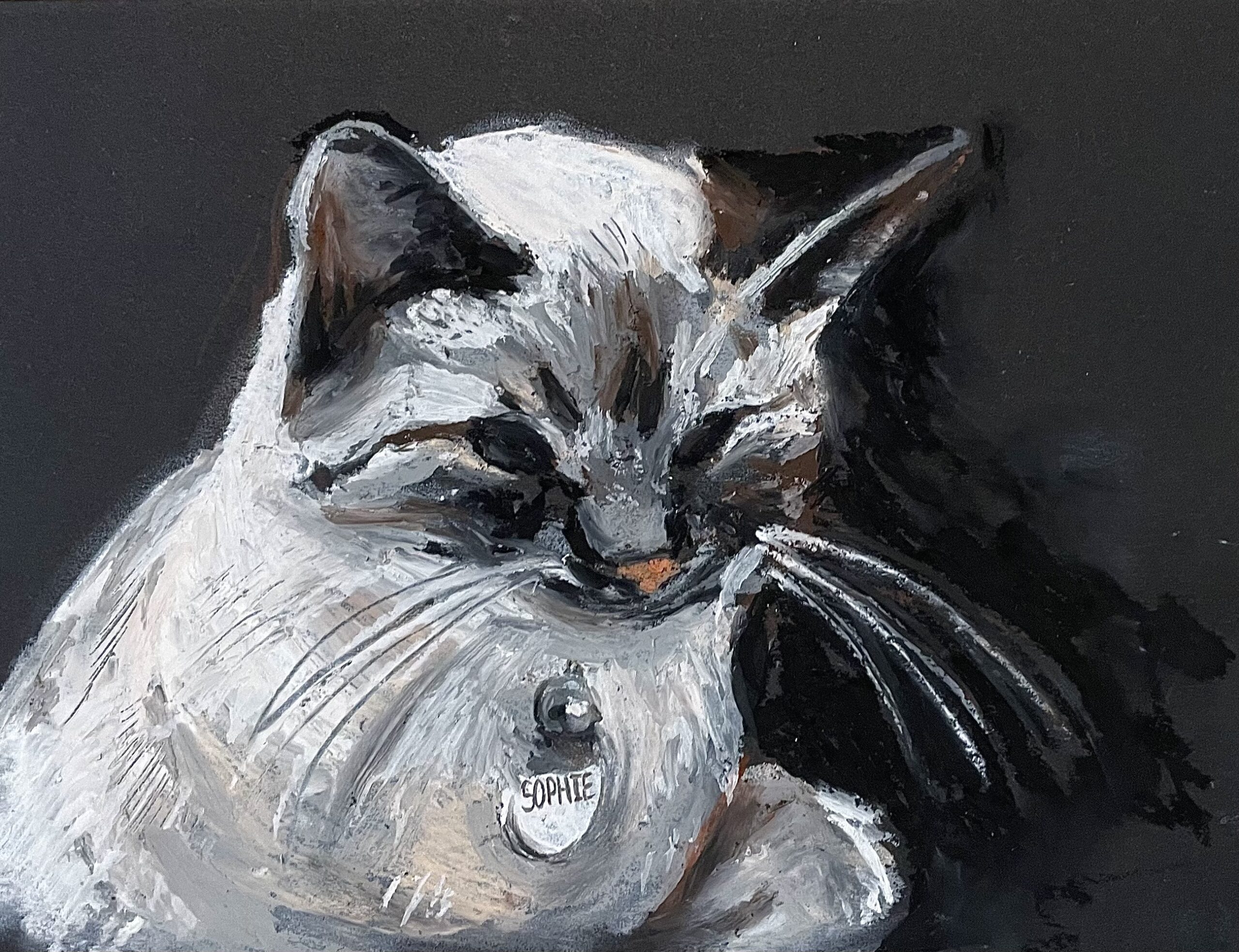
Untitled – Watercolor and Colored Pencil
I’ve only recently got into watercolor, and I am proud of my progress in this medium. I like the texture of the paint and enjoy layering colors. I worked on this for 6 hours straight and am proud of the depth of this painting and how the flowers turned out!
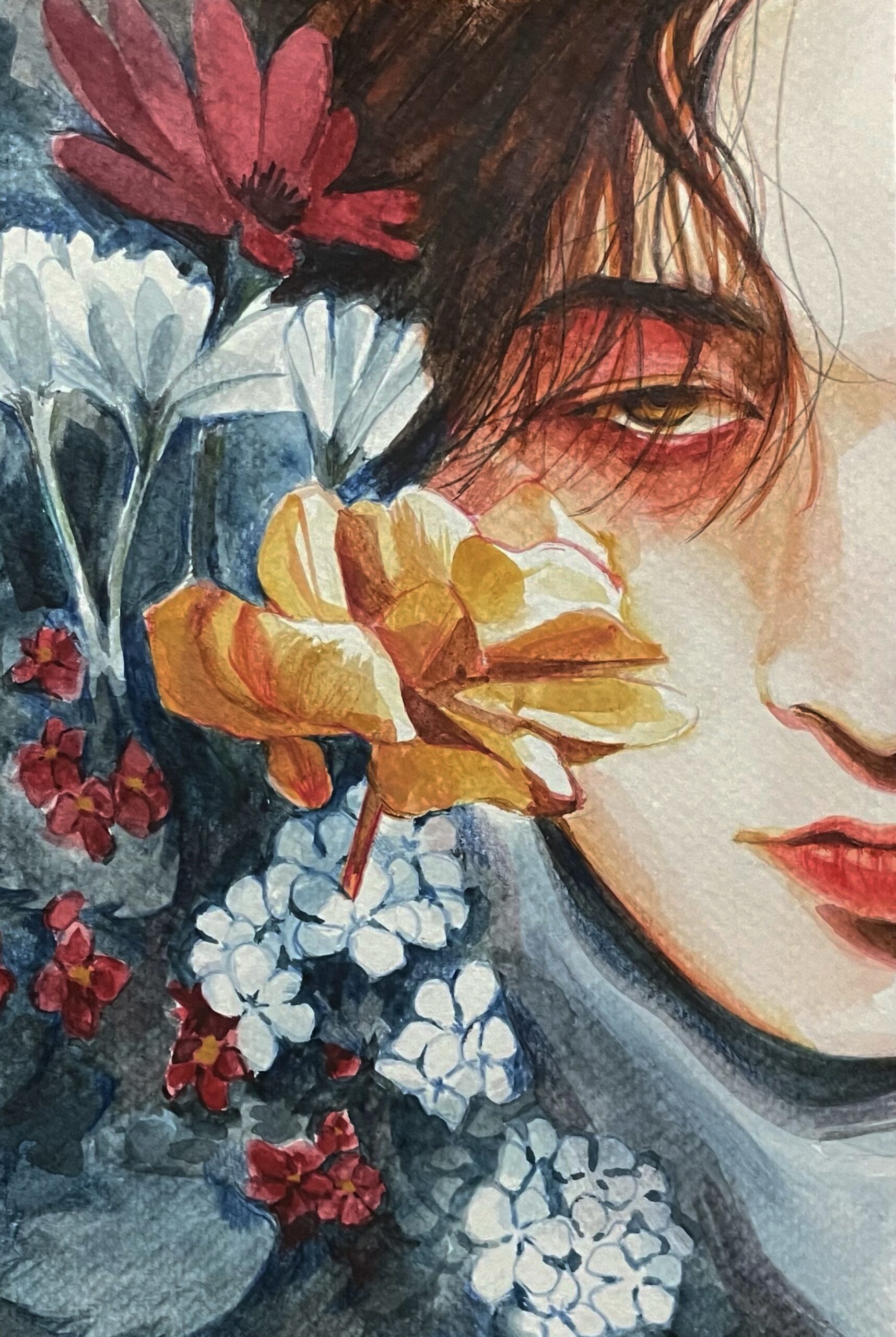
What is one lesson you’ve learned that you’d like to share with fellow student artists?
I’ve learned how important it is to surround yourself with other artists and creatives! Going to art events and joining communities has been a huge factor of my own improvement. Gaining new perspectives, advice, and support from others is important. I often find myself stuck, or stare at a piece of art or writing for hours because it just doesn’t look right. Sometimes a pair of fresh eyes can see what I can’t, offering new ideas and pointing out what could be improved. I am someone who values mentorship! Learning from someone more experienced than you, that challenges and supports your growth, is extremely helpful and inspiring. I encourage youth artists to join programs, take classes, and talk to professionals in the fields they are passionate about!
In a video you made for Art 4 Life @ Octave 9, you and your classmate Lorein spoke of littering in Seattle and a possible solution being the deposit-refund waste management system. How do you see art intersecting big topics, such as environmentalism and public health?
I see art intersecting topics like environmentalism and public health in very significant ways. I’ve seen many people share art on social media relating to the environment, social justice, mental health, and more. Social media is a fast way to reach a lot of people. Being able to share stories and spread awareness is powerful in an age where media censorship is prevalent in many parts of the world and telling your own story in the face of that is important.
There has been a well documented rise of young people experiencing mental health challenges. The youth mental health crisis is something I care a lot about, as I know many people who suffer from anxiety and depression. In the future, I hope to become an illustrator and create stories that can reach people. In my own art, I want to provide visibility for marginalized and underrepresented communities. Representation for communities I too am part of, that I didn’t have when I was growing up and discovering who I am. I hope my art can make someone entertained, have a more open mind, or feel seen.
You can learn more about Mica and their art through their website: mivi
Read More
